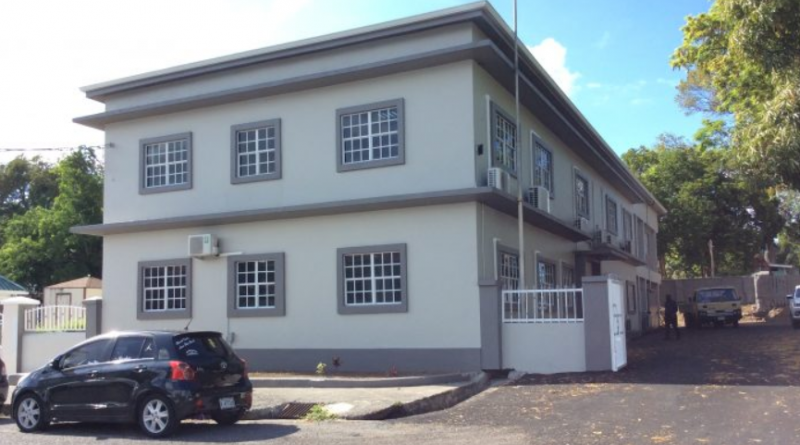New GIS technology will assist Vector-Control Unit to detect, target and respond to areas of mosquito infestation
The work of the Central Board of Health’s Vector Control Unit should
be made much easier with the implementation of new surveillance
technologies.
Reports say that a training session was recently held here, in
Antigua and Barbuda, as the Caribbean Public Health Agency
(CARPHA) rolls out its regionally approved Integrated Public Health
Surveillance Strategy across member-states.
Under one of the priority areas for this strategy, CARPHA says it is
seeking to build capacity in vector-borne disease surveillance, using
new Geographic Information Systems (GIS) technology.
To this end, the agency has partnered with. the Ministry of Health to
further build capacity in the control of mosquitoes and mosquito-
borne diseases.
The vector-control staff were trained in how to use the electronic
tablet-based system to perform inspections of premises. This will
replace the outdated paper-based inspection forms and modernize
the operations of the Unit.
The overall objective of the training, according to Ministry officials,
is to improve the ability to detect, target and respond to areas with
high levels of mosquito infestation, thereby significantly reducing
the risk of certain disease outbreaks, including dengue fever.
Funding for the training, delivered by CARPHA, was provided, in
part, through the European Development Fund.




